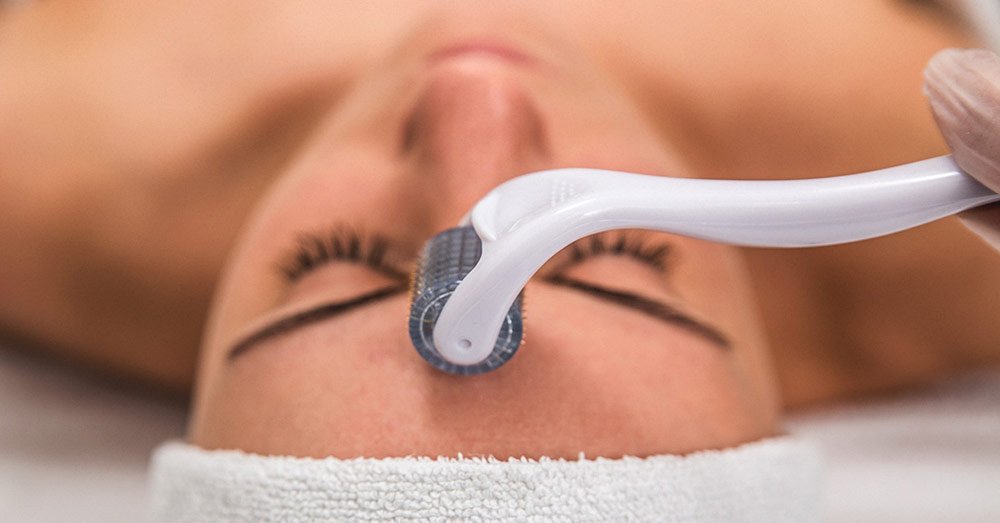Holi
is all about colours, fun and frolic. However, it is an irony that a festival that celebrates nature in all its hues and finery, is today played with toxic, unhealthy and harmful chemical colours.
Traditionally, gulal – the colours used to play Holi – was made from dried spring flowers and herbs and fruit peels. For yellow, turmeric powder was used, red colour was made from hibiscus flowers, and heena was used to make the green colour.
Today, it has been replaced by harmful industrial dyes, which are brighter and, of course, cheaper. The darker shades available in the market are, in fact, industrial chemicals. So, while you’re laughing and smearing that pakka rang on your friend’s face, you’re, in fact, applying lead oxide, cobalt nitrate, indigo, zinc salts, copper sulphate, malachite, mercury sulfate, and aluminium bromide, which are used to make black, blue, green, red, and silver Holi colors. Occasionally, addictives like mica dust and glass powder are also added to give the colors extra shine.
What’s the harm if I play with synthetic colors?
These synthetic Holi colours cause drastic damage to our skin and hair. The mildest problems you can experience include abrasion, itching, rashes, allergies, eye infection, rough hair, and flaky skin. But, on the more extreme side, you might have to contend with more severe health hazards, like poisoning, vision impairment, asthma, and conjunctivitis. People suffering from dry skin and other pre-existing skin disorders should be extra cautious, since these chemicals can secondary bacterial infection, acne, and eczema.
When these toxic colours are exposed to UV rays from the sun, it can cause a phototoxic reaction to the skin and result in blisters and redness. Moreover, Rhodamine B, mercury sulphide, and chromium iodine used to make pakka colors are extremely harsh chemicals. The risk increases further when these colours are mixed with oil and other liquids to play Holi. And because they tend to stay longer on the skin, they can even lead to skin cancer.
Commonly, there are three forms of Holi colours that are available in the market – paste, dry colours, and wet colours.
Paste colors are generally metallic colours with silver, black, or white glitter, which is highly toxic. For example, the black colour made from lead oxide can cause renal failure, the silver colour made from silver bromide is extremely carcinogenic, and blue shades made out of persuasion blue causes contact dermatitis.
Dry colours like gulal are simply a mixture of a colourant and a filler base, which is a dangerous combination of heavy metals and asbestos or silica. The heavy metals are systemic toxins that disrupt the body’s metabolism and hinder the functioning of vital organs like kidney, liver, and lungs. For example, lead can affect learning disability especially in young children; chromiumcan causebronchial asthma and allergies, while cadmium can result in fragile bones.
Wet colors are quite popular, especially Gentian violet, which happens to be a very popular choice owing to its happy and vibrant color. What people do not know is that its made from a highly toxic and hazardous chemical, and exposure to it can lead to severe skin ailments and eye problems.
How can I protect myself from these harmful effects?
Common sense dictates that the very first thing to do is switch to organic colours, which are now more commonly available in the market these days. Or you could make them at home from ingredients in your kitchen and garden. Not only is it a whole lot of fun, it can also be an activity that a family does together in preparation for a clean and safe Holi.
If you still think you’ll be exposed to chemical colors on Holi, here are a few things you can do to prevent your skin and hair from getting damaged:
- Apply coconut oil or olive to your hair and body before going out to play Holi, so that colour doesn’t settle on your skin or in your hair.
- Minimise skin exposure by wearing fully-covered clothes.
- Wear nail enamel so that colours do not go inside the nail bed. Also, coat your hands with petroleum jelly to protect them.
- Wear protective glasses while playing Holi, splash clean and cold water multiple times if you experience redness and irritation in eyes.
Once you are done playing with colours, take the following measures:
Stand under running water for 10 minutes to let all the excessive color drain out.
Do not the scrub aggressively when removing the colours, use a mild soap and shampoo to wash off the gulal. The persistent colours will fade away with time.
Don’t forget to apply moisturizer after you’ve taken a bath.
When should I seek medical help?
If you notice things like itching, excessive redness, facial swelling, photosensitivity, sudden loss of clumps of hair, and other systemic symptoms (like breathlessness and bluish discolouration of fingertips and lips) days after you’ve played Holi, it calls for serious action. Get professional help immediately and avoid home remedies or over-the-counter medicines and ointments.
Holi is a festival of fun. It brings friends and family close and allows us to welcome spring in all its vibrant hues. Don’t let chemicals and their side effects dampen your mood. Stick to organic colors that are skin-friendly. You can play away in a carefree manner without stopping to wonder if you’re going to wake up with rashes and breakouts the following morning. And that would be a very special Holi, indeed, don’t you think?



